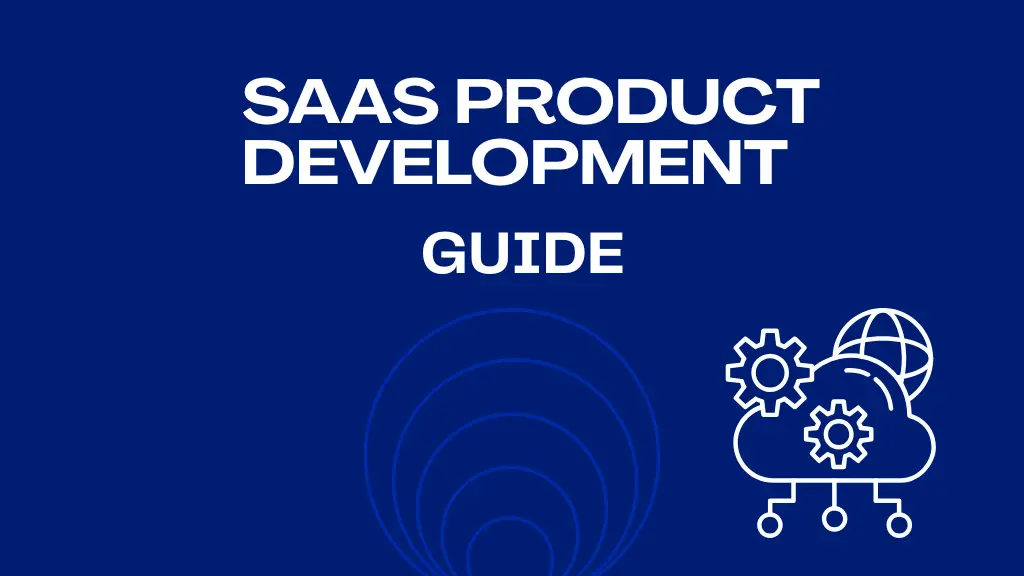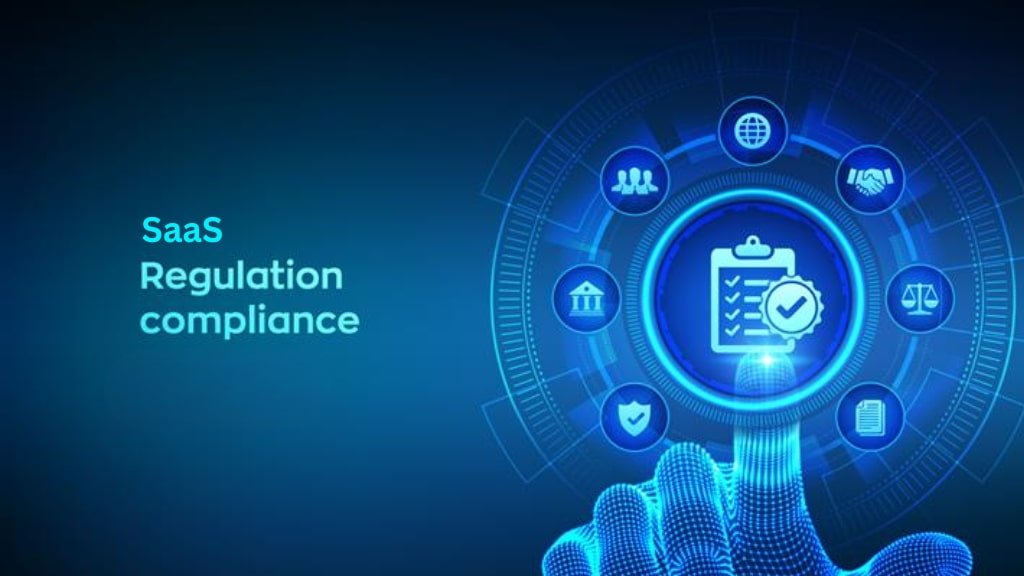The SaaS market is booming, offering businesses of all sizes more choice—and confusion—than ever before. With thousands of solutions promising to solve every imaginable problem, picking the right tool can quickly become overwhelming. One thing is clear: the wrong software wastes more than money—it slows down your team, creates friction, and can even set your business back.
So how do you avoid buyer’s remorse? The trick is to move beyond shiny features and marketing promises, focusing instead on what actually matters to your workflow, budget, and business growth. In this post, we have shared ten essential criteria to consider before you click “Buy Now” on any SaaS product. Whether you’re a freelancer, manager, or founder, these tips come from hands-on experience—helping you choose smarter, avoid common traps, and get the most value from your next software investment.
1. Identify the Real Problem You Want to Solve
Why it matters:
Before exploring product features or pricing, clarify why you need a new tool. Is your current process slow, error-prone, or taking too much time? Are you trying to automate a manual task, improve collaboration, or track results more effectively?
How to approach:
- Map your pain points. (E.g., “Our team spends hours searching for files,” or “Client updates always get lost in email.”)
- Talk to the end-users—not just decision-makers.
- Prioritize your needs as “must-have” vs. “nice-to-have.”
Example:
A marketing agency realized they didn’t need a complex project management suite—just a tool to automate client reporting. Their solution was both cheaper and easier to adopt.
2. Assess Ease of Use and Onboarding
Why it matters:
A feature-rich tool isn’t helpful if your team can’t—or won’t—use it. Clunky interfaces lead to low adoption, wasted time, and poor results.
What to check:
- Request a live demo or a trial.
- Look for an intuitive dashboard and simple navigation.
- Ask about onboarding support or training resources.
Scenario:
Teams with different technical abilities may struggle if a product isn’t user-friendly. Always test with real users before buying.
3. Check Integration Capabilities
Why it matters:
Most teams use multiple tools daily. Seamless integration prevents data silos, reduces manual work, and ensures information flows freely.
Key points:
- List your must-have integrations (e.g., Slack, Google Drive, CRM, payment gateways).
- Ask about native integrations vs. third-party connectors (like Zapier).
- Check if the product supports open APIs for custom workflows.
Tip:
If a tool doesn’t integrate with your core systems, it may create more problems than it solves.
4. Review Security and Data Privacy
Why it matters:
Your data—and your clients’ data—needs to be protected. Overlooking security is a costly risk.
Action steps:
- Review the provider’s security certifications (ISO, SOC 2, GDPR compliance).
- Ask where data is stored and how it’s encrypted.
- Check for features like SSO, 2FA, and regular backups.
Example:
A SaaS CRM storing client information without proper encryption puts both you and your clients at risk.
5. Understand the Pricing Model (and Hidden Costs)
Why it matters:
SaaS pricing can be complex—what looks affordable up front may become expensive as your team grows or needs change.
What to look for:
- Transparent pricing tiers (monthly, annual, user-based, feature-based).
- Overages, add-ons, and upgrade costs.
- Contract length and cancellation terms.
Pro tip:
Always calculate the total cost of ownership—including training, migration, and potential price hikes.
6. Evaluate Customer Support and Service
Why it matters:
Even the best tools encounter issues. Fast, reliable support minimizes downtime and frustration.
Checklist:
- Check available support channels (chat, email, phone).
- Review response times and service level agreements (SLAs).
- Read user reviews about support experiences.
Scenario:
A tool with great features, but slow support can cripple your operations during a crisis.
7. Research Product Reputation and User Feedback
Why it matters:
Real user reviews highlight issues you might miss in demos or sales pitches.
What to do:
- Explore independent review sites (G2, Capterra, Trustpilot).
- Look for recurring complaints or praise.
- Join user communities or forums for candid feedback.
Example:
If many users complain about constant bugs or slow feature updates, proceed with caution.
8. Scalability and Customization
Why it matters:
You want a solution that grows with your business—not one you’ll outgrow in six months.
What to consider:
- Can you easily add more users, storage, or features?
- Is the tool customizable to fit your unique workflows?
- Does the provider offer enterprise plans or migration support?
Tip:
Future-proof your choice by considering your business growth over the next 1–3 years.
9. Mobile and Remote Access
Why it matters:
With distributed teams and on-the-go work, mobile access is non-negotiable for many.
How to evaluate:
- Check for robust mobile apps (iOS, Android).
- Test performance on different devices and networks.
- Ask about offline functionality if you need it.
Scenario:
A sales team on the road needs a CRM that works seamlessly on mobile—not just desktop.
10. Clear Roadmap and Product Updates
Why it matters:
The SaaS landscape changes fast. You want a partner, not just a vendor.
Checklist:
- Ask about the company’s product roadmap.
- Review their track record of updates and new features.
- Look for transparent communication about upcoming changes.
Example:
A stagnant tool quickly becomes obsolete—active development signals a healthy, growing product.
Conclusion
Choosing the right SaaS product isn’t just a technical decision—it’s a strategic one. By focusing on these ten factors, you’ll avoid common traps, save time and money, and set your business up for sustainable growth. The best software isn’t always the one with the longest feature list, but the one that fits your unique needs, integrates smoothly with your workflow, and delivers consistent value as you scale.
Actionable next steps:
- Make a checklist based on the points above before your next purchase.
- Always involve your team in the trial and feedback process.
- Don’t rush—the right SaaS partner can make all the difference in your success.
If you’re navigating the SaaS selection maze, take a step back, use these insights, and invest wisely. The right choice will not only streamline your operations—it will empower your entire team to work smarter.







